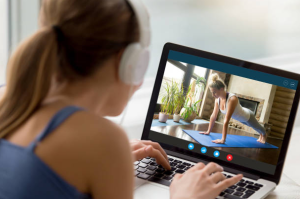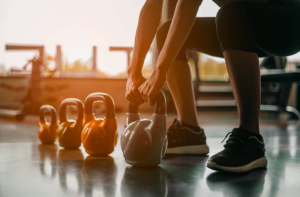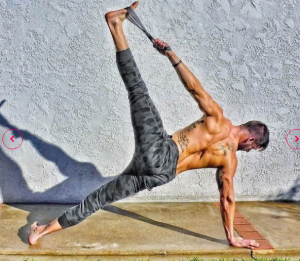Yoga is a popular yoga class available to people with any level of fitness at home. How do I start practicing yoga at home? What asanas are suitable for an unprepared person? How much time to practice? These and other questions ask themselves people who dream to comprehend all the mysteries of the ancient art. In order to practice yoga properly, it is best to take a course under the guidance of an experienced trainer, but you can try to learn the practice on your own.
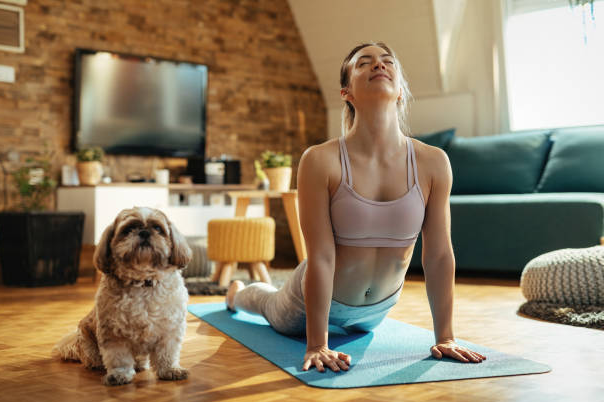
It would seem that there is plenty of information, but this is what is confusing: it is impossible to remember everything at once, and it is even more difficult to put it all together. In this article, we have tried to collect all the tips for beginners and answer the most popular questions.
Where to start
- Start with the theory – get to know the trend, its history and features. Start now, not on another Monday. Pay special attention to the results you can achieve, recommended nutrition, contraindications.
- After theoretical preparation, proceed to the choice of a place for classes – perhaps, this is one of the most important preparatory moments for home classes. It should be a quiet, cozy and clean corner or a warm room without drafts, bright light, with a minimum of things and distracting objects. Comfort and warmth are extremely important: in a cold room muscles and ligaments warm up slowly, which increases the risk of injuries and sprains. If it is impossible to create perfect silence – buy earplugs.
- Prepare a clean mat of natural fibers – bamboo, linen, or special for yoga. Also, have an eco-friendly plaid that can be thrown over your shoulders during meditation. And the last thing: prepare comfortable clothes that do not restrict your movements.
- Allocate time for practicing right away, when nothing and no one will distract you from your practice, including pets, phones, ticking clocks, etc.
Make a schedule and stick to it: it is not only a moment of discipline, but also a guarantee that the classes will take place at the same time. The first time you should spend 15-30 minutes on yoga and bring it up to 1-1.5 hours, taking into account that you do it every day. The second option is two-hour classes every 2-3 days. Important! There is more than enough information about yoga that allows you to start practicing yoga at home on your own. But we advise to start practicing with a professional, attend at least a couple of classes. A specialist will help you choose the right asanas or adjust the exercises you like according to your level, health, age and gender.
Breathing
There is a whole area devoted to breathing – pranayama. Amateurs only need to master the basic principles of breathing, without which the classes will not be as effective.
- Learn to “breathe on the belly. This is what diaphragmatic breathing is called: when breathing in, we inflate the belly, while the chest stays still, and when breathing out we draw the belly in. Get used to this type of breathing difficult (we all basically “breathe” chest), but it can increase the lung capacity, reduce respiratory disease and get the most out of yoga.
- Breathe slowly and deeply. This is the basis for relaxation of the body and the subsequent “set” of energy.
- Stick to the rhythm. The basic rules for dynamic exercises are as follows: movements in which you have to stretch upwards with your arms, body and head) are done on the inhale, while those directed downwards are done on the exhale. But even in static poses, breathing plays an important role – each exhalation will help you to relax more and enter the position correctly.
- It’s very important not to hold your breath. This, too, comes with time.
Warming up: proper body preparation
It is very important to warm up your muscles and ligaments before exercising – this will reduce the risk of injury and make the performance of poses efficient and painless. If muscles and ligaments are not prepared, they will relax for a longer time, and at a high load, muscle and connective tissue can be torn.
There are three kinds of warm-ups:
- Passive. Warming muscles in a bath, hot bath, shower.
- General. Active body movements, for example, walking, running, cycling.
- Special. Exercises from yoga.
For the warm-up at home, you can use running on the spot. A special warm-up includes dynamic asanas, such as the sun salutation poses. This is a complex of 12 poses that perfectly warms up the muscles and ligaments and prepares them for stretching. It’s done slowly, smoothly, calmly, i.e., it’s not stressful. Based on the movements, as well as on the breathing technique: bends are performed on the exhalation, and the back bends – on the inhalation. Breathe through the nose.
Starting position: Stand on the hard floor, feet together, back straight, eyes straight ahead. Distribute your body weight evenly on both feet.
1 position – greeting. Put your palms together with the back of your hands at chest level, as if you were praying. Look forward and keep your back straight.

2 position – sunny. As you inhale, bring your hands up with your palms facing forward (shoulder width apart). Bend backwards smoothly, taking your time. Control your lower back – it’s better to keep it as low as possible, but only until you feel comfortable.
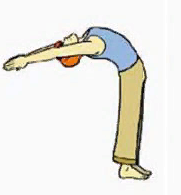
3 position – bend over. Bend down as low as possible, put your arms around your straight legs, preferably touching your forehead to your knees. You can bend your knees slightly.
4 position – rider. Take a step back with your right leg, lower yourself into a lunge. Keep your palms on the floor so your elbows are straight. Take a breath and throw your head back while doing a downward and forward body movement.
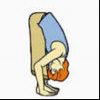
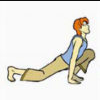
5 position – staff. Without leaving the previous pose, exhale and put your left leg about 30 centimeters apart from your right leg. Straighten your torso so that your lower back is straight.
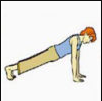
6 position – push-ups. Lean on your palms and stand in a plank pose: keep your hips, pelvis and belly weighted so that your legs are straight. You can have your knees slightly bent and touching the floor.
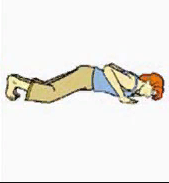
7 position – cobras. From the plank position, lower your lower body so that your legs are on a flat surface. Raise your torso to a straight position and bend backward in the lower back.
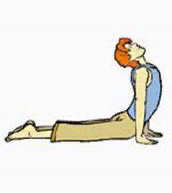
8 position – V. Bend down and touch the floor with your hands, move your legs slightly backwards and leave them straight.
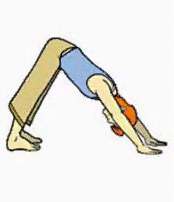
After this position, you should return to the previous poses: rider, forward tilt, sunny, hello. You can perform all 12 asanas, or you can choose 2-3 and perform them as many as your body requires for preparation.
